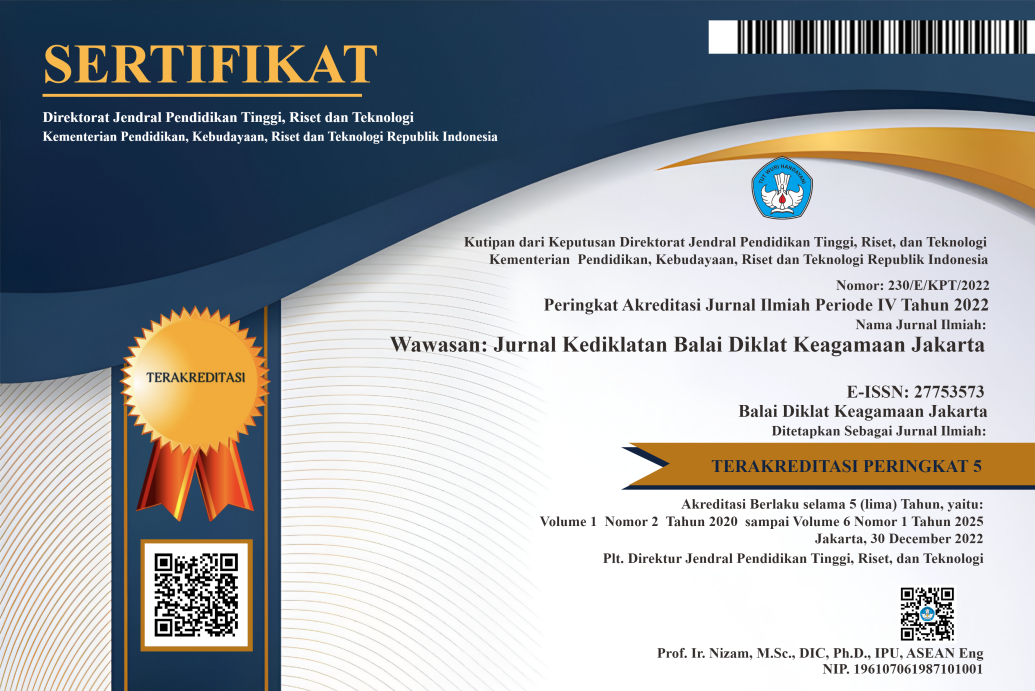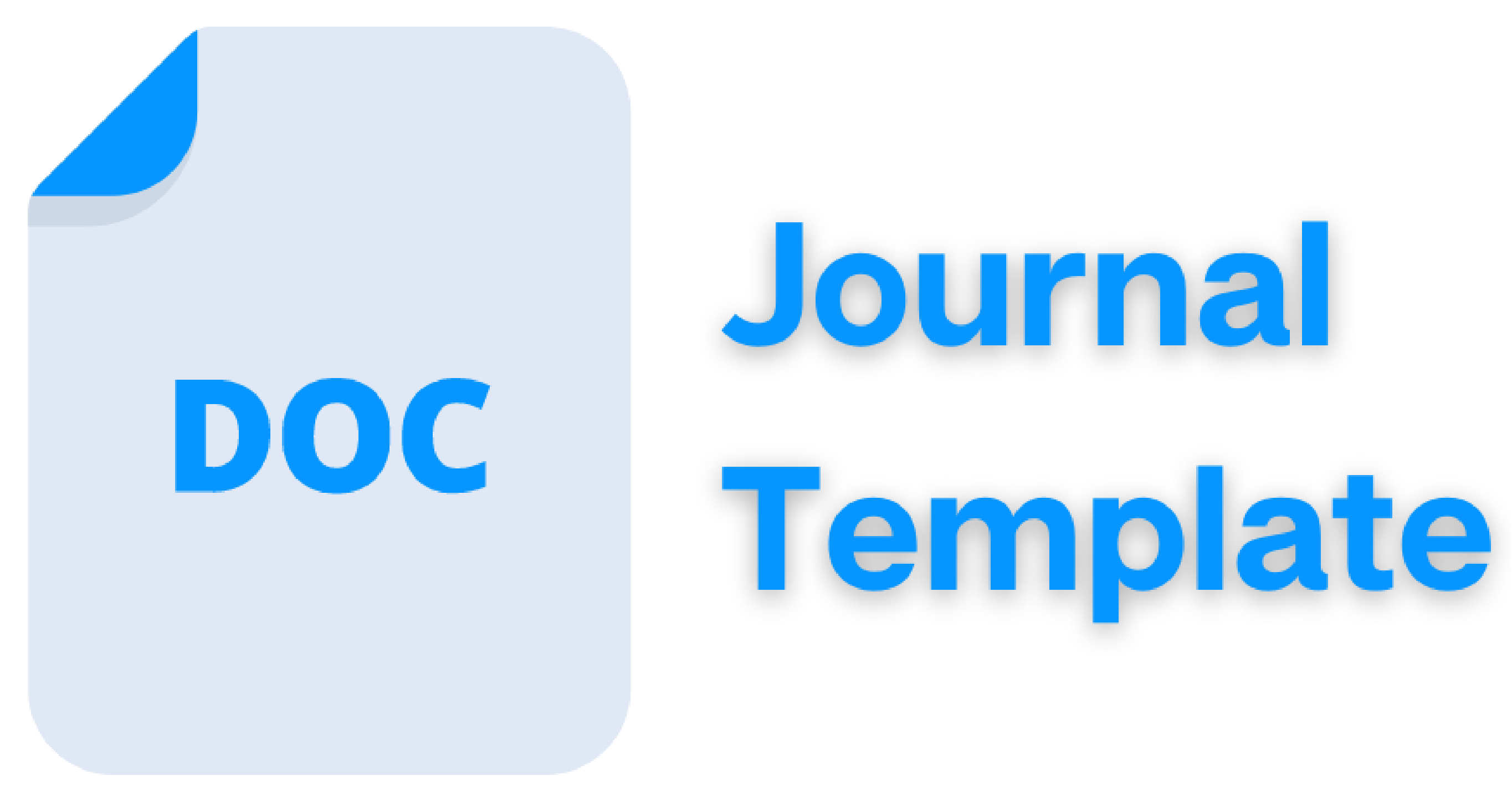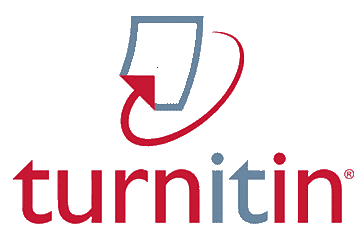PEMANFAATAN MEDIA THINGLINK UNTUK MENGEMBANGKAN LITERASI SAINS SISWA DALAM PEMBELAJARAN IPA SAAT PANDEMI DI MTs N 34
DOI:
https://doi.org/10.53800/wawasan.v2i1.73Keywords:
media thinglink, scientific literacy, pandemicAbstract
This study aimed to determine the use of thinglink media for the development of scientific literacy in science learning during the pandemic. This type of research is a classroom action research with a qualitative descriptive method. The data obtained show that 29 students of grade 7.3 can understand scientific literacy with moderate and high qualifications of 40%. The understanding of scientific literacy in this qualification is in the aspect of students' abilities in a personal context and scientific attitudes in support of inquiry activities. Meanwhile, students' abilities in evaluating and designing scientific investigations and interpreting scientific evidence and data are still in low qualification (60%). The ratio of values in cycles 1 and 2 is 40%: 51%. The selection of the right measuring instrument to be embedded in the thinglink media dramatically affects the learning process and measures students' understanding of scientific literacy during the pandemic.
Downloads
References
Azrai, E. P., Wulaningsih, R. D., & Sumiyati, U. K. (2020). Kemampuan berpikir kritis dan literasi sains siswa SMA di Jakarta Timur. Edusains, 12(1), 89-97.
Dwijayani, N. M. (2019). Development of circle learning media to improve student learning outcomes. Journal of Physics: Conference Series, 1321(2): 171–187. https://doi.org/10.1088/1742-6596/1321/2/022099
Berdiati, Ika (2014). Pembelajaran Efektif. Bandung: PT Rosdakarya.
Lestari, H. (2020). Literasi Sains Siswa Melalui Penerapan Model Pembelajaran Blended Learning Dengan Blog. NATURALISTIC : Jurnal Kajian Penelitian Pendidikan Dan Pembelajaran, 4(2b), 597–604. https://doi.org/10.35568/naturalistic.v4i2b.769
Merta, I. W., Artayasa, I. P., Kusmiyati, K., Lestari, N., & Setiadi, D. (2020). Profil Literasi Sains dan Model Pembelajaran dapat Meningkatkan Kemampuan Literasi Sains. Jurnal Pijar Mipa, 15(3): 223. https://doi.org/10.29303/jpm.v15i3.1889
Naziaha, S. T., Maula, L. H., & Sutisnawati, A. (2020). Analisis Keaktifan Belajar Siswa Selama Pembelajaran Daring Pada Masa Covid-19 Di Sekolah Dasar. Jurnal Paedagogy : Jurnal Penelitian Dan Pengembangan Pendidikan, 7(2): 109–120.
Nisrina, N., Jufri, A. W., & Gunawan, G. (2020). Pengembangan LKPD Berbasis Blended Learning untuk Meningkatkan Literasi Sains Peserta Didik. Jurnal Pijar Mipa, 15(3), 192. https://doi.org/10.29303/jpm.v15i3.1880
PISA 2012 Results in Focus. (2012).
Rosyid, M. Z., Mansyur, M., IP, S., & Abdullah, A. R. (2019). Prestasi belajar. Literasi Nusantara.
Singgih Hendarto. (2020). Pengembangan Instrumen Tes Untuk. Lib.Unnes.Ac.Id, 04(02): 771–778.
Published
Issue
Section
License
Copyright (c) 2021 Wawasan: Jurnal Kediklatan Balai Diklat Keagamaan Jakarta

This work is licensed under a Creative Commons Attribution-NonCommercial-ShareAlike 4.0 International License.


















